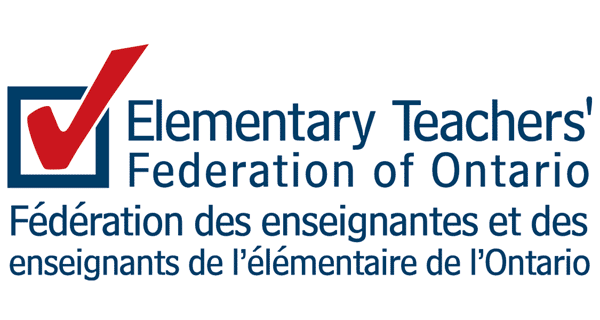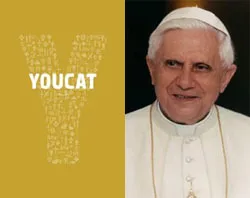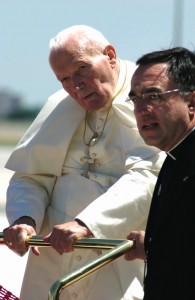Il 9 Luglio 2011 rappresentanti di Stato e di chiesa sono convenuti da tutto il mondo a Juba per celebrare l’Indipendenza della 54° Nazione Africana, la Repubblica del Sud Sudan. Dopo il referendum dello scorso gennaio, che ha avuto un voto pressochè unanime, nasce così un nuovo Stato libero e genuinamente africano con tutta la sua freschezza, rischio e povertà. Il Sudan di oggi, paese molto inquieto, grande come il Quebec e l’Ontario messi insieme, confina a sud col Kenia e l’Uganda, a ovest col Congo, la Repubblica Centrafricana, Darfur e il Ciad, a nord con la Libia e l’Egitto e ad est con l’Etiopia e l’ Eritrea, bisogna ricordarlo, è reduce da un’ aggressiva presenza al nord di una minoranza musulmana che si è avvalsa del potere statale, economico e militare per imporre per anni “la conformità” tramite il Corano e la lingua araba. Il sud ribellatosi sin dal principio a questa monocultura fu dichiarato “ribelle” e “terrorista”: in 20 anni di guerra civile ci sono stati 2 milioni di morti, e altri 5 milioni sono stati costretti a migrare in altri paesi.
Cosa riserba il futuro ora a questo Paese? A questa domanda ha cercato di rispondere l’UCEMI alcune settimane fa invitando Padre Michael Schultheis, il missionario gesuita che opera in Africa da oltre 40 anni nel settore dell’istruzione secondaria con la conferenza “ Sudan verso il futuro” tenutasi presso i missionari della consolata. Da anni– ha detto in apertura Padre Michael - la chiesa vive con il popolo sofferente del Sudan, con i suoi eroi e con una guerra interminabile, auspicando la nascita del nuovo Paese e di un popolo con la sua nuova identità. La chiesa continuerà la sua presenza, decisa a fare i primi passi a fianco del popolo del Sud Sudan nella ricerca del suo sviluppo. “D’altra parte” ha chiesto con convinzione al pubblico presente: “In una società post-conflittuale, quando molte delle infrastrutture sono state distrutte, chi aiuta a ricostruire le relazioni sociali?”.
I missionari italiani, soprattutto i Comboniani, ha detto Padre Michael Schultheis, hanno molto a che fare con la storia del Sudan degli ultimi 100 anni, e anche con quella del nord-est del Monzambico dove oltre ad aver stabilito la chiesa locale continuano a garantire l’istruzione della popolazione. Negli anni 60- ha sottolineato - anche per i missionari la vita diventò difficile e molti missionari italiani vennero espulsi: il lato positivo fù però che ciò permise alla chiesa locale, attraverso i catechisti, di avere una propria connotazione indigena. Ha parlato dei suoi amici: P. Kizito Sesana, P. Cirillo, Franco Ponzi; del nord particolarmente asciutto, degli allagamenti occasionali del Nilo, del ritrovamento dei molti simboli dei primi cristiani (croci, riti funerari, templi), dei Nuba e dei guerrieri di cui si parla anche negli Atti degli Apostoli... ma soprattutto dell’ Università Cattolica, un’idea di cui si ricominciò a parlare nel 2003, in occasione della visita di papa Giovanni Paolo II in Sudan e che dopo gli accordi di pace del 2005, nel 2007 vide finalmente l’inizio e attualizzazione, al nord , come al sud del Paese, con le facoltà di ingegneria, di economia, di agricoltura e di Formazione didattica. È stata la volta poi del Dott.Abate Wori Abate, il primo rifugiato Sudanese in Canada oltre che esperto della comunità sudanese, che nella sua toccante relazione, ha voluto raccontare la sua vicissitudine personale. Il sud Sudan, ha detto fra l’altro, è passato attraverso un mucchio di difficoltà e destabilizzazione e senza i missionari non ci sarebbe stata istruzione in sud Sudan.
Il sud Sudan ha di fronte un cammino arduo da affrontare – ha detto- avendo ancora l’80 % della popolazione analfabeta, ma l’Università dà un segno di speranza e persone come P. Michael, piantando questo seme di speranza fa sì che questa nuova nazione possa mettere le radici guardando al futuro positivamente. P. Marco Bagnarol, responsabile del settore informativo della Consolata, ha infine parlato dei suoi 7 anni in Uganda, dei suoi contatti col campo profughi Sudanese, e del senso africano del “presto”, di quell’indipendenza che si apettava già 17 anni fa e che giunge ora.
Tra il pubblico erano presenti tra gli altri anche Thomas Taban persona di rilievo della chiesa Sudanese di Toronto, Mary Beny del movimento femminile Sudanese, Jenny Cafiso direttrice insieme ad altri componenti della Canadian Jesuit International, P. Claudio Piccinini insieme a tutto lo staff di Radio Teopoli, P. Vitaliano Papais per l’ Italian Pastoral Commission, e Giuseppe Carraro in rappresentanza del Comitato che ha raccolto tra la comunità italiana un significativo contributo offerto per la nuova Università di Agricoltura in Juba, un gesto di solidarietà e un auspicio di prosperità e benessere per una terra fino ad ora troppo violentata. Il progetto della università e’ un investimento della comunità cattolica italiana di Toronto per camminare a fianco di questo popolo, formando I responsabili del nuovo Sud Sudan, perché proprio mentre in Libia, in Costa d’Avorio e altrove le armi risuonano violente e la morte semina distruzione, l’evento storico che il referendum ha sancito e che ora si sta realizzando segni un nuovo modo di vivere e di fare la storia nell’Africa contemporanea.











































